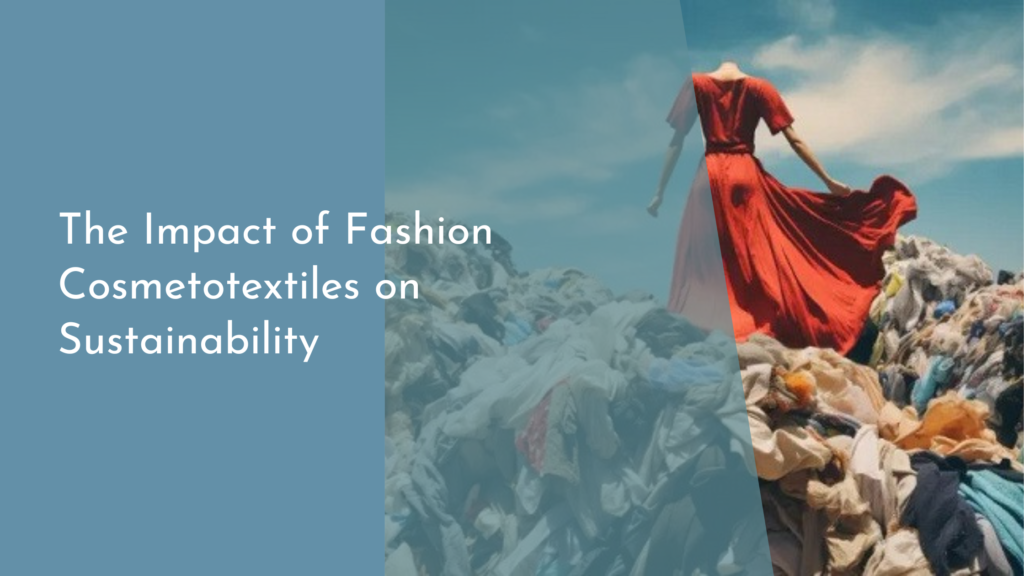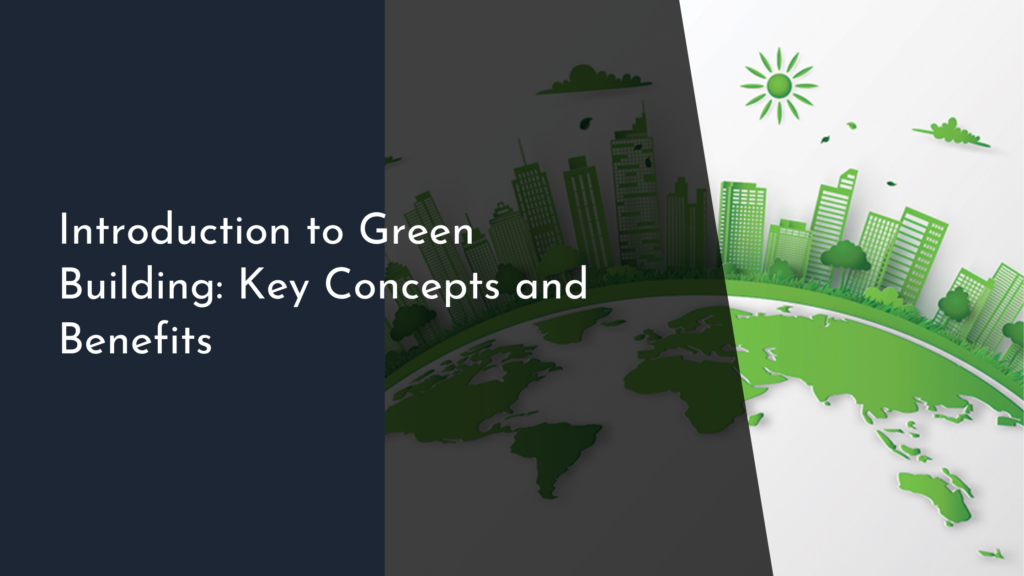How Governments Can Promote Rainwater Utilization
Water is life, and its scarcity is an ever-looming challenge in our rapidly changing world. Yet, nature has gifted us a simple solution: rainwater. Harnessing this abundant resource can not only alleviate the pressure on existing water supplies but also empower communities to take control of their water management. As we explore ways in which governments can promote rainwater utilization, we embark on a journey to a more sustainable and resilient future.
Harnessing Nature’s Gift: The Power of Rainwater
Rainwater harvesting is a practice as old as civilization itself, yet it remains underutilized in many regions today. Capturing and storing rainwater can significantly reduce dependence on conventional water sources, particularly in areas prone to drought. Governments have a unique opportunity to showcase the value of this natural resource by investing in research and development initiatives that highlight its benefits. Educating citizens about the ecological advantages of rainwater harvesting can create a ripple effect, motivating communities to embrace this sustainable practice.
Moreover, the environmental impact is hard to ignore. By promoting rainwater utilization, governments can help mitigate urban flooding, reduce stormwater runoff, and recharge local aquifers. Implementing policies that encourage green infrastructure—such as permeable pavements, green roofs, and bio-swales—can enhance the cityscape while promoting the collection and use of rainwater. As citizens witness the tangible benefits of these initiatives, they become more receptive to adopting sustainable practices in their daily lives.
Bright Ideas: Creative Policies for Rainwater Harvesting
Innovative policies can set the stage for widespread rainwater harvesting. Governments can incentivize homeowners and businesses to install rainwater collection systems through tax credits, rebates, or grants. These financial incentives not only lighten the burden on individual citizens but also promote a collective movement towards sustainable water practices. Public-private partnerships can further enhance these efforts, bringing together businesses, non-profits, and local governments to support the implementation of rainwater harvesting systems in communities.
In addition, educational campaigns that emphasize the importance of rainwater utilization can engage citizens and raise awareness about sustainable water management. Workshops, community events, and informational pamphlets can demystify rainwater harvesting, making it accessible and appealing to everyone. By celebrating success stories of individuals and communities that have effectively harnessed rainwater, governments can inspire others to follow suit. It’s all about creating a culture of conservation, where rainwater becomes a celebrated resource rather than an overlooked opportunity.
From Rooftops to Reservoirs: Building a Rainwater Future
To truly capitalize on the potential of rainwater, infrastructure investment is essential. Governments can lead the way by building community rainwater collection systems that serve multiple households or neighborhoods. These shared reservoirs can significantly reduce costs and ensure a steady supply of clean water for irrigation, landscaping, or even non-potable household uses. By designing these systems to be easily accessible and user-friendly, governments can empower communities to take an active role in water management.
Furthermore, integrating rainwater harvesting into urban planning is crucial. New developments can be designed with rainwater utilization in mind, incorporating storage basins and green roofs that capture and filter rainwater. Retrofitting existing public buildings and facilities with rainwater harvesting systems can serve as a powerful demonstration of a commitment to sustainability. As cities evolve, they can become vibrant ecosystems where rainwater is an integral component, contributing to urban resilience and ecological health.
Community Spirit: Engaging Citizens in Water Conservation
Building a culture of rainwater harvesting requires the involvement of citizens at all levels. Governments can host community challenges or competitions that encourage neighborhoods to adopt rainwater collection practices, rewarding the most creative and effective implementations. This sense of friendly rivalry fosters community spirit and collaboration, transforming water conservation into a shared goal rather than a solitary endeavor. As citizens come together to celebrate their achievements, they create a supportive network that inspires ongoing commitment to sustainable practices.
Moreover, education should not stop at adults; children are the future stewards of our planet. Incorporating rainwater harvesting into school curriculums can teach the next generation about the importance of water conservation and environmental stewardship. Schools can install rainwater collection systems, allowing students to engage with the concept hands-on while contributing to their local ecosystem. This holistic approach ensures that the message of sustainability is woven into the very fabric of our communities, creating lasting change for years to come.
Promoting rainwater utilization is a joyful endeavor that brings together innovative policies, community engagement, and infrastructure development. By harnessing the power of rainwater, governments can lead the charge toward a more sustainable and resilient future. It’s not just about conserving water; it’s about nurturing a shared responsibility for our planet. Let’s celebrate the potential of rainwater harvesting, transforming our communities into champions of sustainability, one drop at a time!


